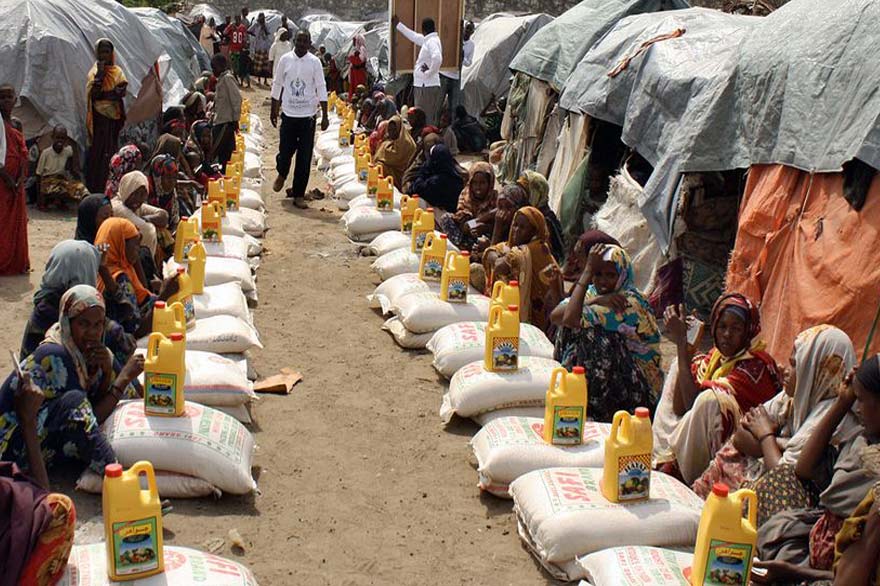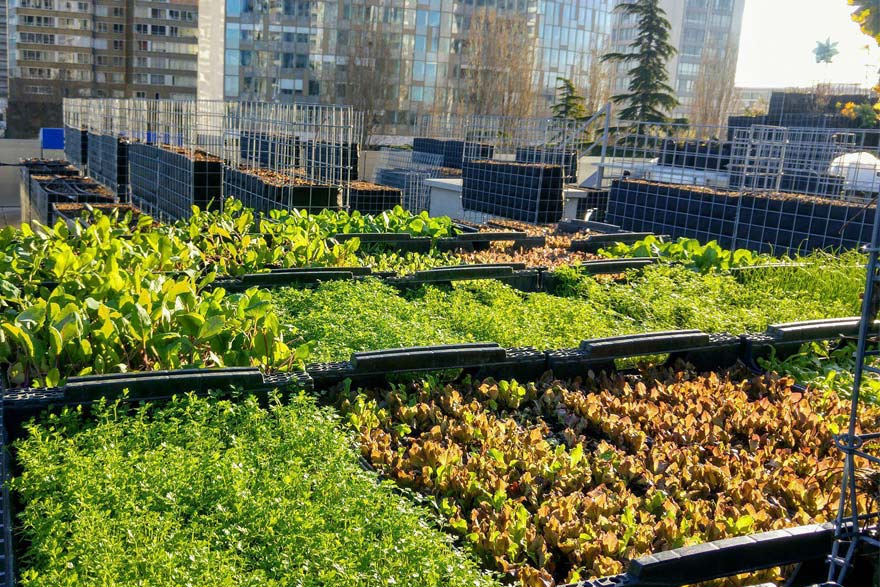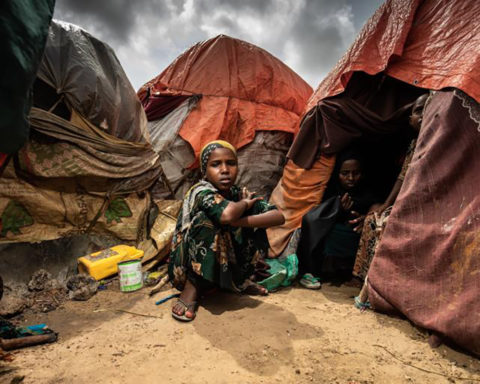Anything to add? Say it as a comment.
Food security for refugee populations and uncertainties about future UN food aid budgets can only be reconciled through well-targeted, accurate and effective food aid. INRA researchers and their colleagues propose to simultaneously take into account individual data and data relating to the districts and communes of residence and origin of individuals in order to pertinently identify food insecure and/or poor households. These results, published in the April issue of the journal Food Security open up opportunities for food policy interest.
Auttering against world hunger means ensuring the fundamental right to food for vulnerable populations by providing them with sufficient, safe and nutritious food that meets their nutritional needs and food preferences for an active and healthy life (World Food Summit, 1996). At a time when there are 22.5 million refugees in the world (UNHCR, 2016) and uncertainties about international food aid budgets, food security for these populations is a major challenge for food policies and aid must be directed primarily to households with the greatest needs and vulnerability, both food and economic.
INRA researchers and their colleagues from the American University of Beirut have been interested in the mechanisms used by UN agencies to allocate aid to refugee populations in precarious situations. Their objective was to improve allocation procedures by identifying the most vulnerable households more precisely and less expensively in order to limit the phenomena of "flight" (aid allocated to households that are not very fragile) and "under-coverage" (vulnerable households not identified as such by the current mechanisms). They used the data collected by the United Nations from Syrian refugees in Lebanon, i.e. more than one million individuals cared for by the World Food Programme (WFP), to build an explanatory model of household vulnerability.
Researchers have shown that the simultaneous consideration of individual data and aggregated indicators at the level of districts or communes where households live (access to drinking water and sanitation facilities, access to care and the occurrence of chronic diseases, etc.) improves the overall effectiveness and accuracy of targeting aid to vulnerable populations.
The effectiveness and accuracy of aid targeting is higher if it is based on poverty rather than food insecurity - which is more difficult to measure with great precision, with a coverage rate of 85 % compared to 54 %.
The model combining individual data and aggregate indicators then shows the best overall performance in terms of accuracy - highest coverage of vulnerable households, lowest leakage rate, allowing an overall gain of 9 % compared to current practices.
This work puts forward an original methodology which, by combining individual data and aggregate data at a broader geographical level, makes it possible to reduce the phenomena of misallocation of food aid, by making the identification of populations in a situation of food insecurity and/or poverty more efficient and more accurate.
They also herald a reduction in data collection costs, as the construction of aggregate indicators is less expensive than the collection of individual data. Finally, they open up interesting perspectives that can provide food for thought for analysts and political decision-makers in the area of aid, particularly food aid, since aid that is well-targeted from the outset will be all the more effective.
Read the complete study (in English)
At the heart of the study
The scientists used data from the Vulnerability Assessment of Syrian Refugees in Lebanon (VaSyr). Conducted jointly by the Office of the United Nations High Commissioner for Refugees (UNHCR), the United Nations Children's Fund (UNICEF) and the World Food Programme (WFP), it focuses on a representative sample of refugee households.
VaSyr 2015 covered 4,100 households or some 21,300 individuals and focused on demographics, livelihoods, expenditures, food consumption, child nutrition, food insecurity, protection, housing, assets, health, education and other issues.
They also used data from UNHCR's Profile Global Registration System (proGres). This system, which collects data on the identity of individuals, covered some 1 million people in 2015.
From the Vasy2015 data, they determined two indices, one for Food Consumption Score and the other for Reduced Coping Strategies Score, which they combined to better assess food insecurity. From the individual data, they calculated indicators at the district and/or commune level (access to drinking water and sanitation facilities, access to health care and occurrence of chronic diseases, etc.). Finally, they determined the statistical link between food insecurity and poverty to better explain food insecurity by poverty.
Source: INRA
Login
0 Comments
Inline Feedbacks
View all comments












